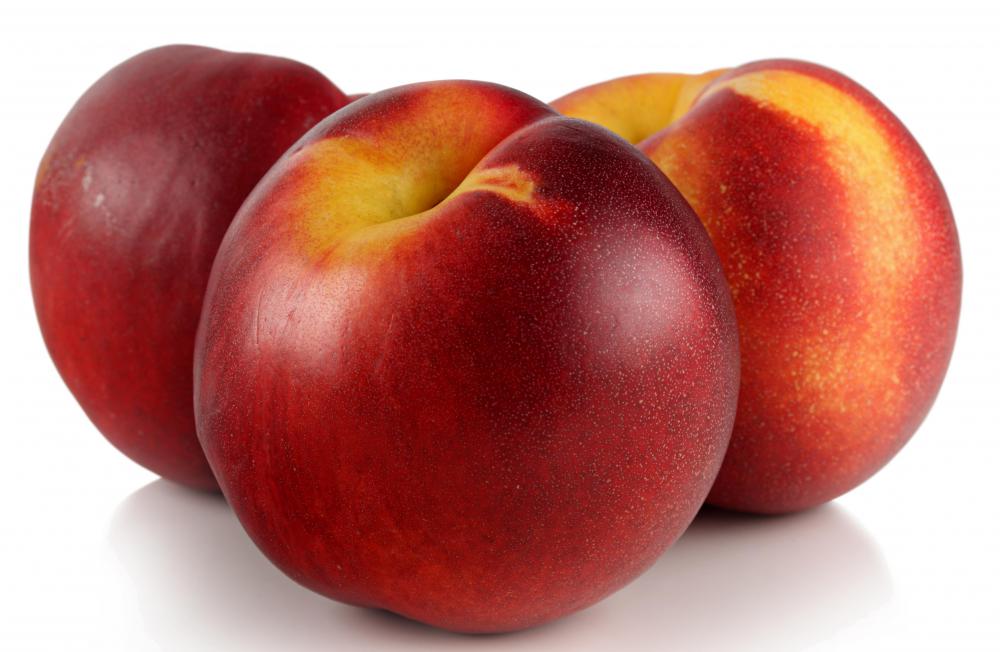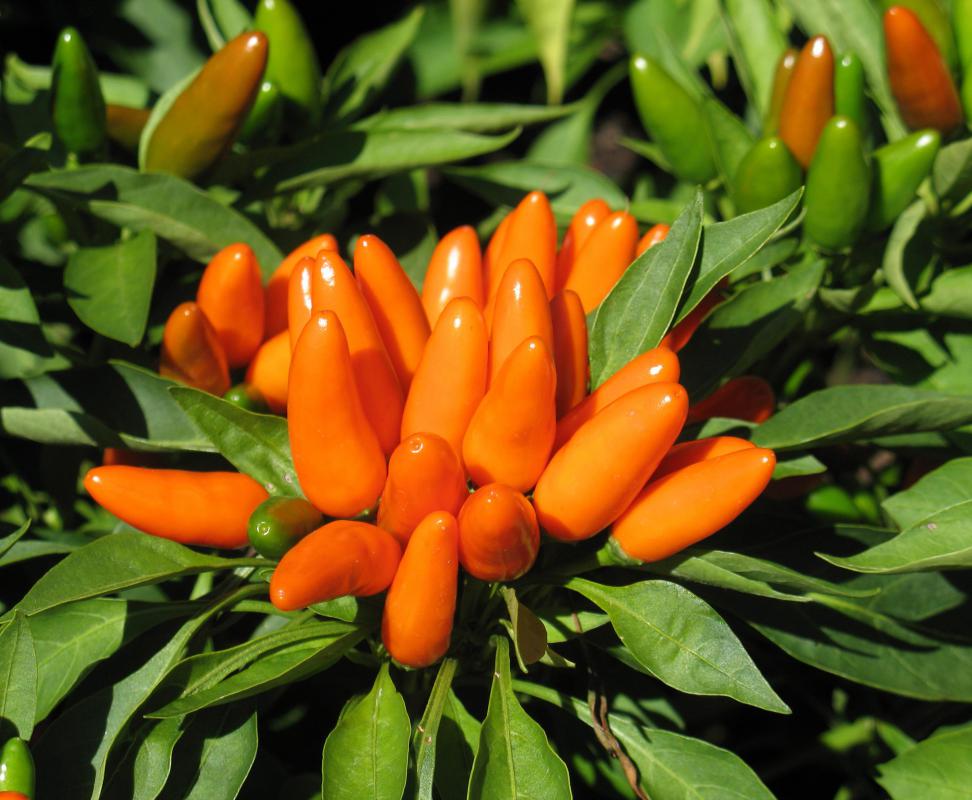At WiseGEEK, we're committed to delivering accurate, trustworthy information. Our expert-authored content is rigorously fact-checked and sourced from credible authorities. Discover how we uphold the highest standards in providing you with reliable knowledge.
What is Bacterial Spot?
Bacterial spot is a disease in plants caused by bacteria in the Xanthomonas genus. Peppers, tomatoes, and stone fruits are at especially high risk of developing bacterial spot, and it can be a serious problem for the commercial agriculture industry. For home gardeners, bacterial spot can devastate a year's crop, or spread disease through ornamental plants. There are some steps which can be taken to avoid and control this plant disease.
Areas which are humid, wet, and have high rainfall tend to have high rates of bacterial spot, with the disease appearing during the peak of the moisture. Bacterial spot starts as small flecks on fruits and leaves which slowly grow into larger lesions. Over time, the center of the lesion turns brown and knobbly, while the lesion is rimmed in a lighter area. The size of the lesions can vary.

In some cases, infection can render fruit inedible. More commonly, it simply looks unsightly, which makes the fruit hard to sell, because consumers generally look for fruit which is as perfect as possible. Thus, fruit with bacterial spot may need to be sold for canning, a less lucrative market than the fresh fruit trade. Bacterial spot can also lead to defoliation, which threatens the health of the plant.

The bacteria responsible can overwinter in seeds and plant debris which is left behind. For this reason, it is important to use seeds from reputable sources, and to make sure that fields are totally cleared after a bout of bacterial spot. In the case of crops like tomatoes and peppers, allowing the field to lie fallow for a year may be recommended, after which a new crop can be planted. Ideally, peppers and tomatoes should not be grown on fields where bacterial spot has occurred unless the field has been treated.

Treatments to prevent bacterial spot include antibiotic and copper sulfate sprays. These sprays can also be used to manage ongoing infestations. It is important to be careful about irrigation when infected plants are present, as the bacteria can spread in the water, causing the infection to travel across an irrigation system and into neighboring fields.
Bacterial diseases are a perennial problem for farmers and gardeners. Using clean cultivation and harvesting practices can cut down on bacterial canker and other problems by limiting opportunities for bacteria to grow. Local agriculture extension and research offices may have specific advice to help gardeners with particular bacterial problems.
AS FEATURED ON:
AS FEATURED ON:













Discuss this Article
Post your comments